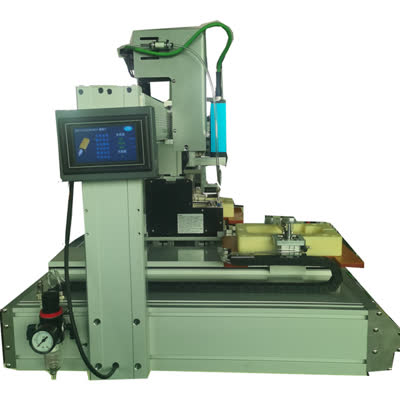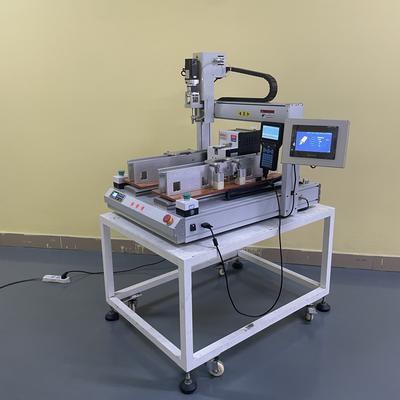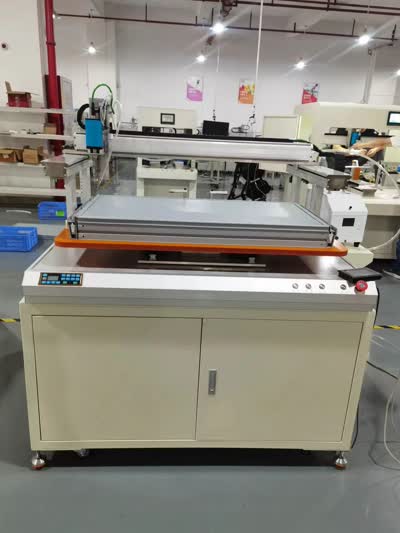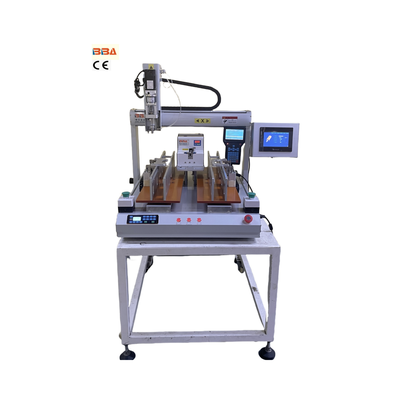PLCs and Automatic Screw Feeders: Enhancing Industrial Automation
| Product Name | Applicable industries |
| CNC Screw Fastener | Electric Bicycle Assembly |

In modern industrial automation, precision and efficiency are paramount. One of the key components ensuring seamless production processes is the integration of Programmable Logic Controllers (PLCs) with automatic screw feeders. This combination enhances accuracy, reduces manual labor, and optimizes assembly line performance. In this article, we explore how PLCs are revolutionizing the use of automatic screw feeders in industrial applications.
The Role of PLCs in Controlling Automatic Screw Feeders
PLCs serve as the brain behind automated screw feeding systems. They execute predefined logic to control the timing, speed, and positioning of screws delivered by automatic feeders. By programming PLCs, manufacturers can ensure consistent screw placement, prevent jams, and minimize errors in high-speed production environments. The flexibility of PLC programming allows for adjustments based on product variations, making it an ideal solution for dynamic manufacturing needs.
Advantages of Integrating PLCs with Screw Feeders
1. Enhanced Precision: PLCs ensure exact screw placement, reducing misalignments and defects.
2. Increased Productivity: Automated screw feeding eliminates manual handling, speeding up assembly processes.
3. Error Reduction: Real-time monitoring and feedback minimize the risk of missing or incorrectly placed screws.
4. Scalability: PLC-based systems can be easily reprogrammed to accommodate new product designs or process changes.
5. Cost Efficiency: Reduced labor costs and waste contribute to long-term savings.
Key Considerations for Implementation
To maximize the benefits of PLC-controlled screw feeders, manufacturers should consider the following:
- Compatibility: Ensure the PLC and screw feeder models are compatible in terms of communication protocols and power requirements.
- Programming Expertise: Skilled technicians are needed to develop and maintain the PLC logic for optimal performance.
- Maintenance: Regular calibration and inspection of both PLCs and feeders prevent downtime.
- Safety Measures: Implement safety protocols to protect workers from moving parts and electrical hazards.
Future Trends in PLC-Enabled Screw Feeding
As Industry 4.0 advances, PLCs are becoming smarter and more interconnected. Future developments may include:
- Integration with IoT platforms for remote monitoring and predictive maintenance.
- Use of machine learning algorithms to optimize screw feeding patterns.
- Advanced sensors for real-time quality control and defect detection.
In conclusion, the synergy between PLCs and automatic screw feeders is transforming industrial assembly lines. By leveraging this technology, manufacturers can achieve higher precision, efficiency, and adaptability in their production processes. Staying updated with emerging trends ensures continued competitiveness in the evolving automation landscape.


